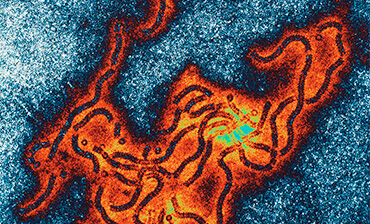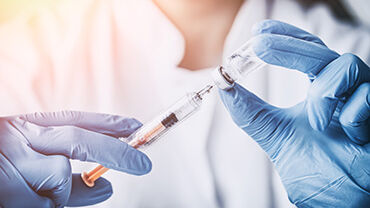Mumps

Mumps is primarily an airborne viral respiratory infection, known for causing painful swelling of the salivary glands at the side of the face and below the ears.
After infection, symptoms begin after around 19 days but this can vary within a range of 14 to 25 days.
Key facts
Symptoms
Mumps is a viral infection that typically causes:
- swelling of the salivary glands, known as parotitis
- Fever
- Headache
- Joint pain
- Poor appetite
Complications may include:
- hearing loss
- reduced sperm production (oligospermia)
- difficulty conceiving
in some cases, it can lead to conditions like inflammation of the testicles (orchitis), meningitis, and pneumonia
- very rarely, it can be fatal due to encephalitis
Other reported complications include:
- myocarditis (Heart inflammation)
- mastitis (Breast infection or inflammation)
- thyroiditis (inflammation of the thyroid gland (a gland located in the neck that produces and regulates hormones that play a crucial role in controlling various bodily functions)
- uveitis (Eye inflammation)
- nephritisa (kidney inflammation)
Risk for people
Although most people in Europe are vaccinated, mumps outbreaks occasionally happen in places where people are in close contact such as schools and universities.
Mumps poses several significant risks to individuals, and the virus can enter the respiratory tract and the bloodstream typically, the most common sign of this condition is a sudden and painful swelling of the glands near your ears. This usually happens around 16-18 days after exposure in up to 70% of cases. This swelling can be unilateral or bilateral, with a characteristic lifting of the earlobe.
Serious complications, such as encephalitis, can occur even without visible swelling, and central nervous system infection is common.
There is also an increased risk of fetal death in pregnant women contracting mumps during the first trimester
How it spreads
The main mode of transmission is through the exchange of respiratory droplets (tiny liquid particles that are expelled from a person's respiratory tract when breathing, talking, coughing or sneezing) or via the airborne route (transmitted or transported through tiny solid or liquid particles suspended in the air) when in close proximity to an infected individual.
Vaccination and treatment
Vaccination is the most effective way to prevent mumps. Nowadays, the mumps vaccine is usually given along with vaccines for measles and rubella as a combination shot. This helps protect against these three diseases at once.
The mumps vaccine is traditionally administered by age two. The timing of the second dose varies from country to country.
A vaccine is not recommended for individuals who are immunosuppressed or pregnant. In some cases, it may be given to asymptomatic HIV-infected patients.
Protective measures
Immunization is the only effective method of prevention, so vaccination is not only the most effective way to protect against mumps but is key to achieving herd immunity and stopping its spread.







